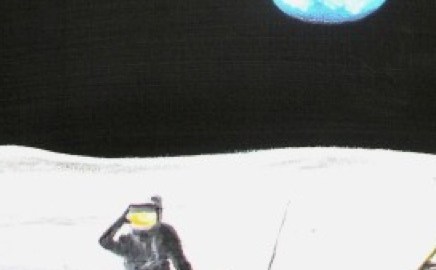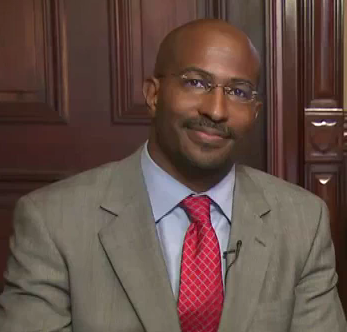Shandaloon Versus Scarsdale

The fuel that drives science forward is a combustible mixture of two contrary principles. The first is that the universe follows rules. The second is that the universe is full of surprises. If you accept only one of those two, you can’t have science. Universally true explanations that can’t be questioned are the province of religion; but an awe-inspiring collection of objects and stories, which points to no coherent explanation of the universe, is a pretty good definition of the arts.
Science is neither art nor religion because it values both surprise and coherence. Each of us mixes these two principles according to his or her temperament. Some love to see a great explanatory theory confirmed. Others are happier when it collapses.
You can see this temperamental divide in any discussion about life on other planets. If you love beautiful theories more than the “mess” of exceptions and mysteries in data, you’ll love the notion that living things everywhere, when they face similar problems, will arrive at the same “right” answer — as mammals and dinosaurs and insects all separately evolved wings (the British evolutionist Simon Conway Morris is probably the best-known advocate of this view). That means life out there will look like life does here.
This kind of convergence could be a matter of physics — as there are only a few ways to focus light, all eyes share some traits. Or it could be a matter of shared ancestry: That’s the position of Fred Hoyle and other advocates of the “panspermia” theory that Earth-style life exists throughout the universe, and arrived here from space. Either way, if you think we can know for sure how life must evolve, then it follows that beings from Alpha Centauri will be like beings here on Earth, as one of the founders of the SETI project, Frank Drake, once said. Intelligent aliens, he predicted, would “have such an anatomy that if you saw them from a distance of a hundred yards in the twilight you might think they were human.” (I know, intelligence is a separate can of worms from the general subject of alien life. We’ll leave it for a later post.)
Those of us who are happier with a mystery, though, prefer to imagine extraterrestrial life as weirdly, inconceivably, violently different from life here on earth — like “the gas beings of Alcoran or the roving wave-lattices of Shandaloon” described by Arthur C. Clarke in his story “A Walk in the Dark,” who were so unlike a person that they could not even detect a man, “but passed through or around him as if he did not exist.”
If you cherish surprise in science, the last thing you want to find out about alien life is that it resembles a family of tourists from Scarsdale. Of course, there is a lot of ground between these two extremes, but I think it’s good to keep them in mind when you’re taking in the latest about the possibility of life on other planets. The way we think and feel about exobiology tells us a lot about ourselves. And such self-understanding will be important if and when we must confront alien life in the flesh, rather than in the imagination.
This month’s exobiology news will cheer the “universal law” school. Last week NASA announced that its Stardust spacecraft had collected glycine molecules from the comet 81P/Wild 2 when the probe passed near the comet in 2004. Glycine is one of the 20 amino acids that combine to make proteins in living things here on Earth, and it had never been detected off-world before. If this amino acid is falling off of comets, then it may be quite common around the universe. Panspermia is looking a little more plausible this month. On the other hand, even if there is life out there that shares our proteins, it could still be wonderfully strange. And there could still be other forms of life that evolved separately. I sure hope so.





